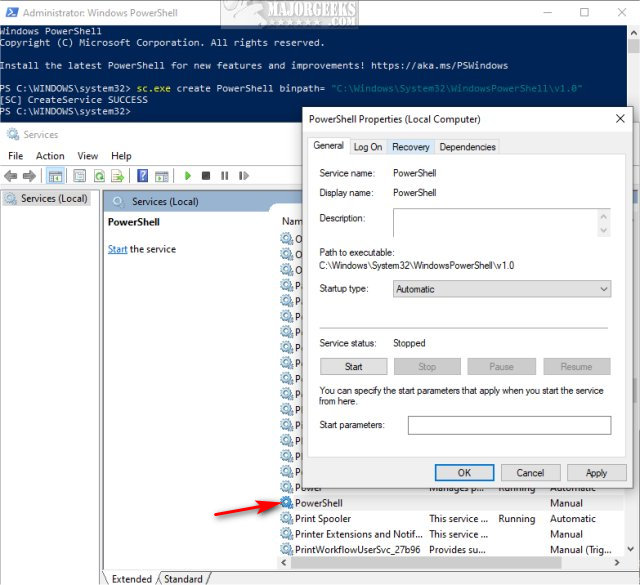


Now with Windows 10 version 1809 released, it’s time for another update for the remove built-in apps script. Remove Built-in apps when creating a Windows 10 reference image You’ll find the post about the method I’m using in the script and how to use it when creating a reference image here: During this time, I’ve attempted to keep my script updated after each new release of Windows 10. Over the years, the community has provided several solutions on how to accomplish this including myself. Since the release of Windows 10, it has been common for organization to try and reduce the footprint of built-in apps (or default apps) in their reference images, or even during bare-metal deployment.


 0 kommentar(er)
0 kommentar(er)
